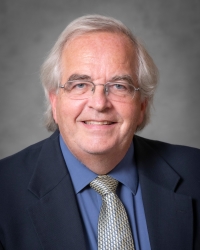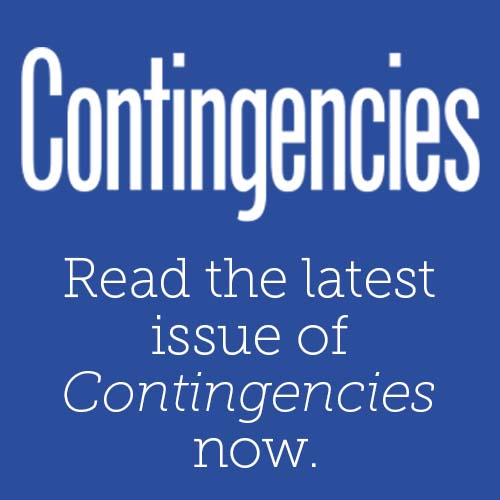Actuarial Board for Counseling and Discipline (ABCD) Chairperson Janet Fagan outlines the resources and guidance available to actuaries in “ABCD Guidance: A Critical Element of Actuarial Self-Regulation,” covering professional ethics, the need for public confidence, and improving practice.
The September “Professionalism Counts” column serves as a reminder that to be qualified to issue statements of actuarial opinion in 2017, actuaries must have earned 30 hours of continuing education during 2016, and delineates how those hours may accumulate.
In the second of a four-part series, President Tom Wildsmith explores how the U.S. Qualification Standards have helped create and support the infrastructure of U.S. actuarial professionalism. (Contingencies, September/October 2016)
In the August “Professionalism Counts” column, Maryellen Coggins, chairperson of the Actuarial Standards Board (ASB), outlines how an individual’s professional judgment coordinates with the actuarial standards of practice promulgated by the ASB.
In the July “Professionalism Counts” column, Maryellen Coggins, chairperson of the Actuarial Standards Board, explores the establishment of Actuarial Standard of Practice (ASOP) No. 1, which documents the principle-based approach to all the ASOPs.
The Committee on Professional Responsibility (COPR) of the Academy’s Council on Professionalism has released a new discussion paper, Considerations of Professional Standards in International Practice. As actuarial work crosses national borders, actuaries are becoming exposed to a variety of laws and professional standards from different jurisdictions. Consequently, questions frequently arise about the professional requirements that apply in international situations. This discussion paper identifies and explores some of these issues.
The Council on Professionalism updated two sections of the 2004 discussion paper, Structural Framework of U.S. Actuarial Professionalism—Concepts on Professionalism. The two sections, “U.S. Actuarial Standards of Qualification” and “U.S. Actuarial Standards of Practice” were updated to reflect developments that have occurred in those areas since the original date of publication.
In a new department in Contingencies, Academy President Tom Wildsmith examines the infrastructure of actuarial professionalism, beginning with the Code of Professional Conduct. The Code is at the center of what Wildsmith terms a “web of professionalism”—the key elements that the Academy developed to support the U.S. actuarial profession. (Contingencies, July/August 2016)
The June “Professionalism Counts” column examines the trove of professionalism webinars that date back to 2007. These webinars have provided an easy way for Academy members to earn professionalism continuing education (CE) credits free of charge. They remain relevant and of perennial interest in many areas of practice.
In the May “Professionalism Counts” column, Academy President Tom Wildsmith looks at the personal responsibilities actuaries bear, and how each individual’s commitment to ethical behavior provides the foundation for the public’s trust in the entire profession.
The Committee on Qualifications has added a question on qualifications to issue statements of actuarial opinion with respect to long-term care policies to its frequently asked questions (FAQs) on the U.S. Qualification Standards (USQS). For more detail, see question 48 of the FAQs on the USQS webpage.
“This professionalism structure is essential to maintaining the public’s trust, but it’s not what makes you and me professionals,” Wildsmith said. “Professionalism is not just mechanical compliance with a checklist of technical rules; the essence of professionalism is our personal commitment to doing the right thing. The standards and institutions are tools that help us, both individually and collectively, to live up to that commitment.
In the April “Professionalism Counts” column, Keith Passwater, chairperson of the Academy’s Committee on Qualifications, outlines the “look in the mirror” test in determining professional qualification to accept and complete an actuarial assignment.
In the March “Professionalism Counts” column, Ken Kent, vice president of the Council on Professionalism, underlines objectivity and independence as central in maintaining credibility and public trust.
“Addressing Ethical Concerns” is the latest addition to the Academy’s Actuarial eLearning Center. This thought-provoking course takes a deeper, more interactive look at the ethics survey report presented by the Council on Professionalism last spring, focuses on the top perceived ethical concerns facing actuaries in the profession, and provides a decision-making framework for addressing them from the perspective of maintaining the high standards of the actuarial profession. See the upcoming March Actuarial Update for additional coverage.






